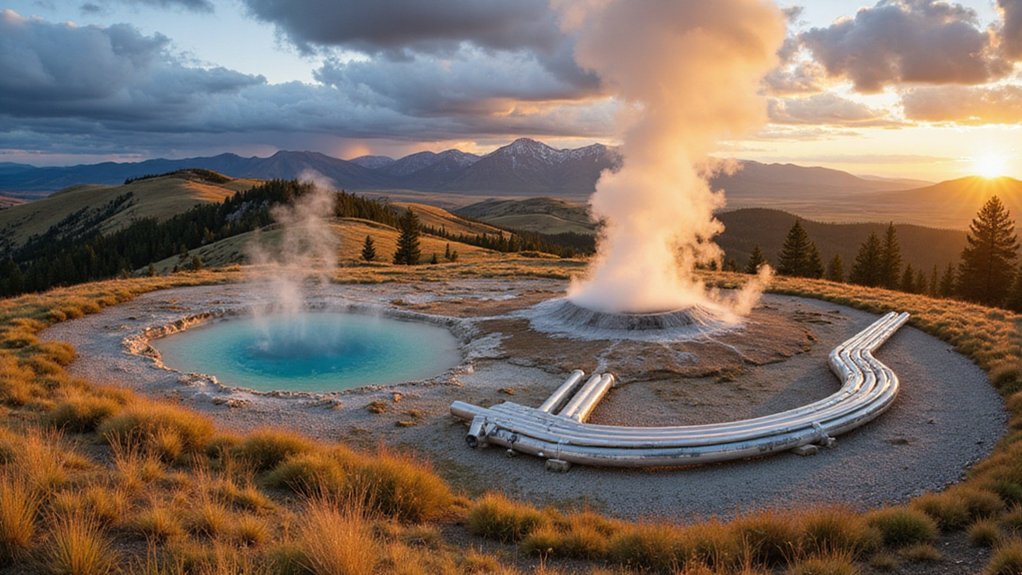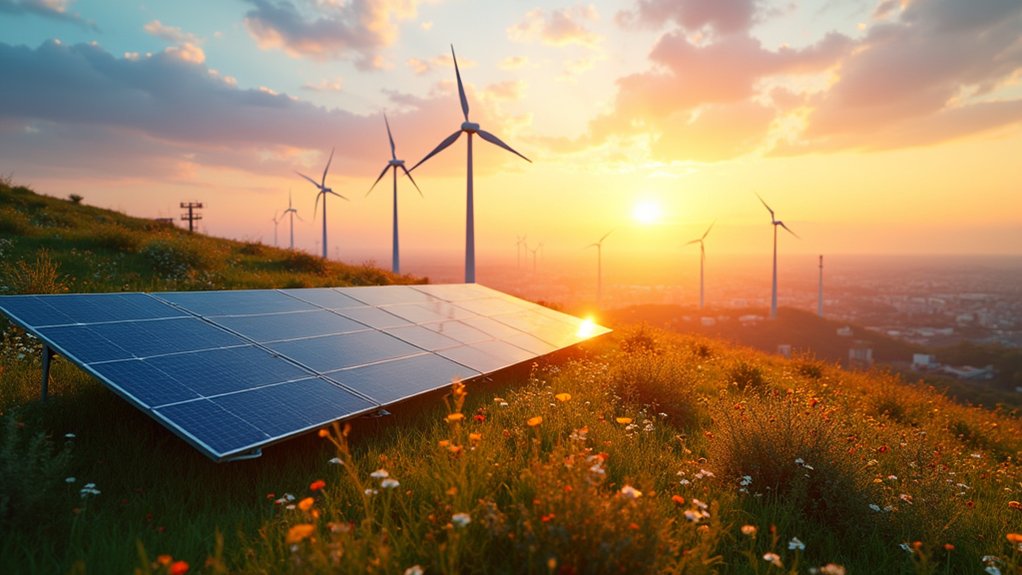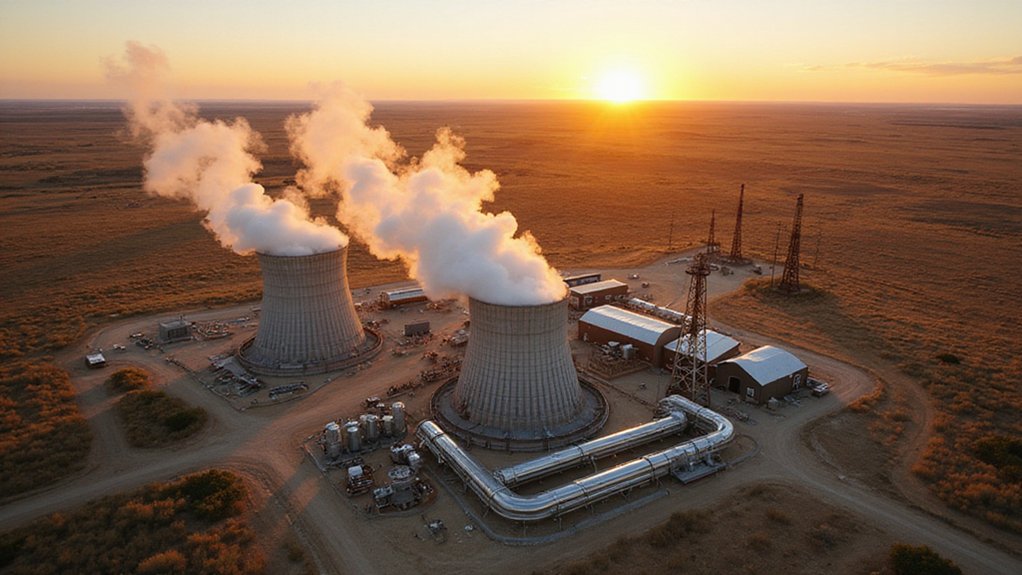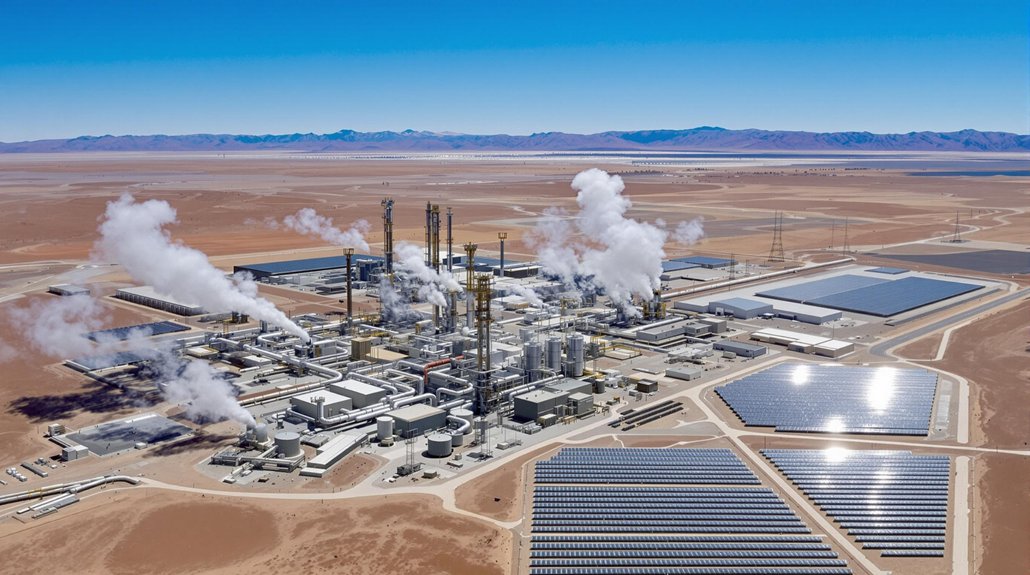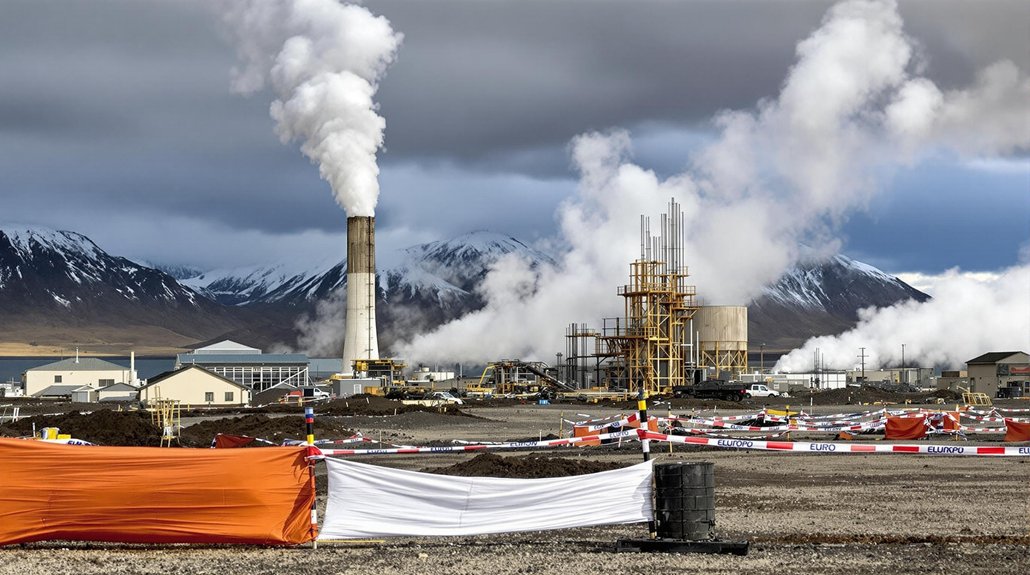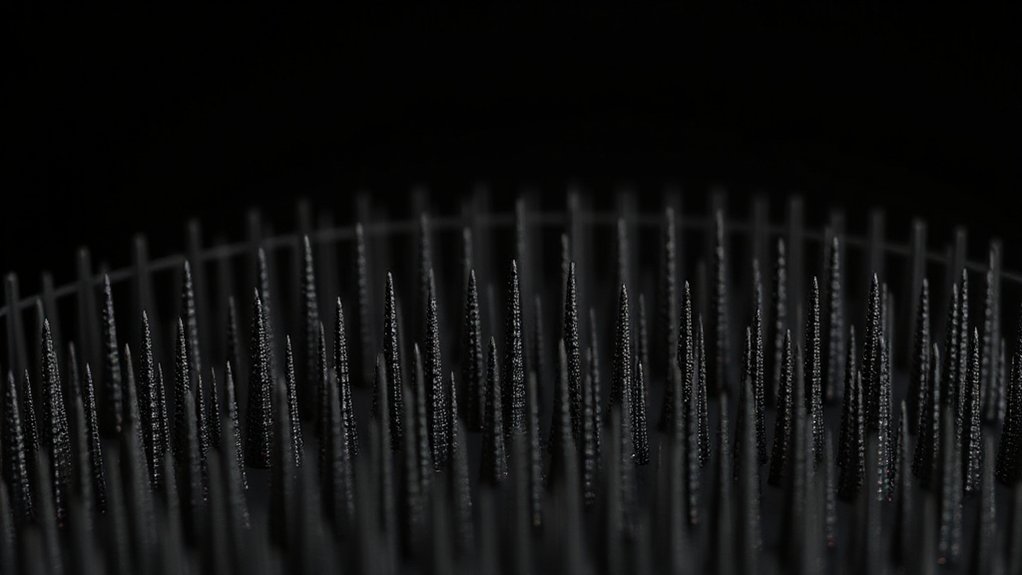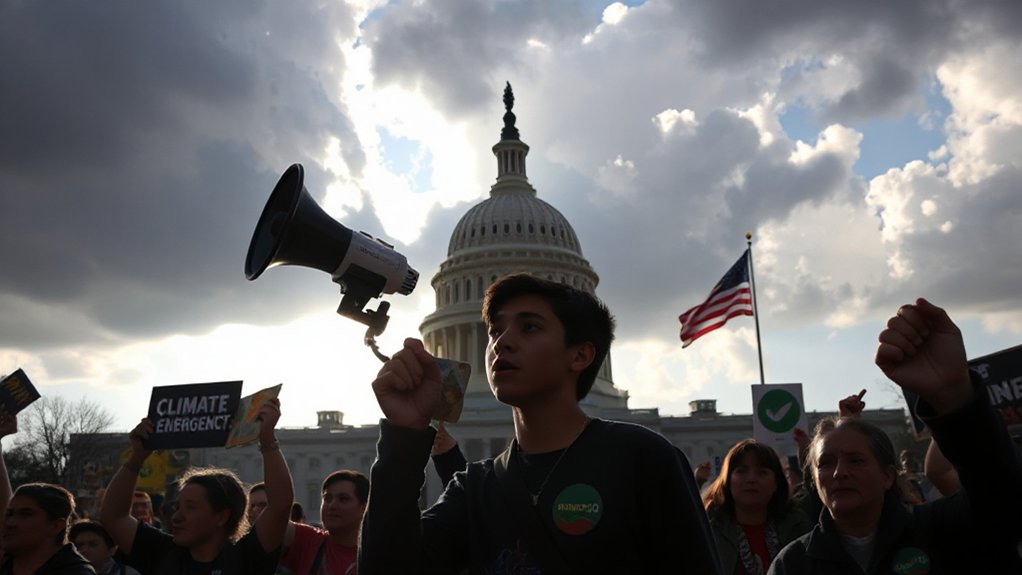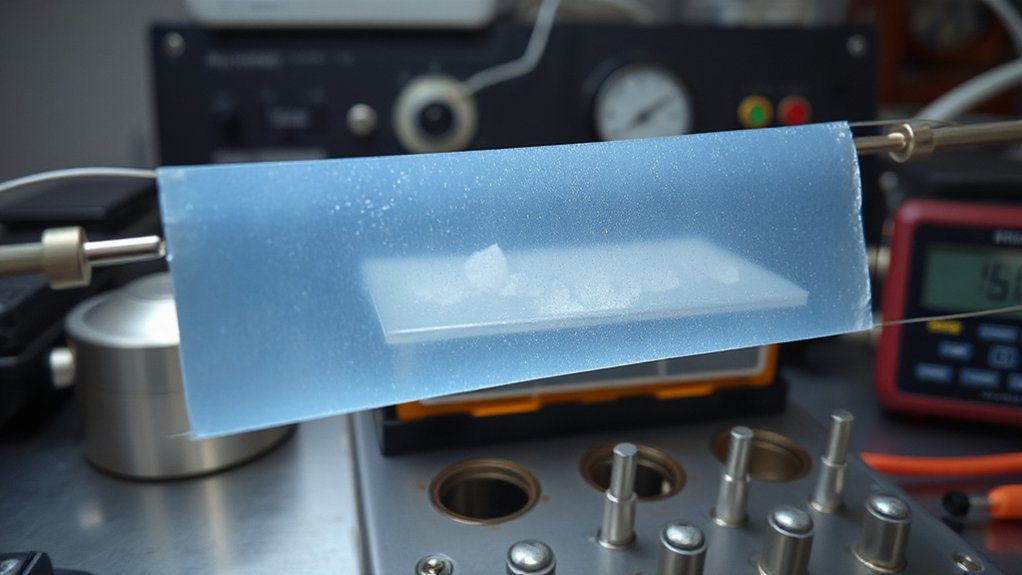Idaho’s public lands face a significant decision. The federal government is considering leases for geothermal energy development across more than 20,000 acres. This plan could tap into Idaho’s estimated 800-megawatt geothermal potential. However, it’s raising questions about impacts on popular recreational activities like hiking and off-roading. Local communities are concerned about both economic opportunities and preserving outdoor spaces. The outcome will shape how Idaho balances clean energy needs with public land use for years to come.
Idaho’s vast public lands are becoming the new frontier for renewable energy as federal officials consider expanding geothermal power production across the state. The Bureau of Land Management (BLM) is currently reviewing proposals for geothermal leasing on more than 20,000 acres of public land, with additional plans that could eventually open 50,000 acres near Grandview for development.
Idaho’s volcanic geology creates exceptional potential for geothermal energy, with experts estimating that more than 800 megawatts of power could be developed. Despite this abundant resource, geothermal currently accounts for less than 1% of Idaho’s electricity generation.
Idaho’s geothermal potential remains largely untapped, with less than 1% harnessed despite capacity for 800+ megawatts.
The state is home to two operating geothermal power plants. The Raft River facility produces 13 megawatts with plans to expand to 90 megawatts, while another plant near Vale, Oregon, supplies 35 megawatts to Idaho Power. These plants provide renewable energy 24 hours a day without the intermittency issues faced by solar or wind power.
Federal land management plays an essential role in geothermal development. Of the 818 geothermal leases managed by the BLM nationwide, only 59 are currently producing energy. The leasing process includes environmental reviews and opportunities for public input, particularly regarding potential impacts on recreation. The capacity factors of geothermal plants exceed 90%, making them one of the most reliable sources of clean energy.
Boise operates one of the nation’s oldest geothermal district heating systems, warming downtown buildings including the state capitol. The system has recently expanded and now reinjects 100% of the water it uses. Beyond electricity, direct-use applications across Idaho include heating for greenhouses, fish farms, and recreational spas.
The expansion of geothermal leasing raises questions about balancing energy development with existing land uses. Popular recreation activities like off-roading, hiking, hunting, and camping could be affected in lease areas. The BlueRibbon Coalition is advocating for thoughtful planning processes that will allow both energy development and recreation to coexist on public lands.
However, geothermal projects bring economic benefits including local jobs, stable energy prices, and facilities that can operate for over 50 years. As Idaho doesn’t have a renewable portfolio standard requiring specific levels of green energy, the future of geothermal development depends largely on market forces and federal land management decisions.
